Choosing and connecting a scanner for a computer
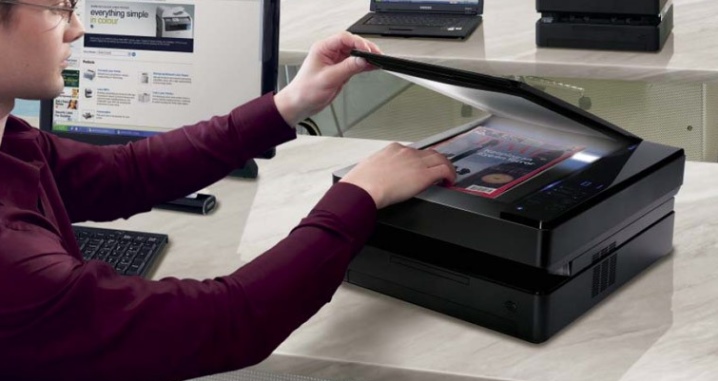
Computers in general, and in particular monitors, laptops and even system units, are understandable to the vast majority of people. But the situation is a little different with scanning equipment. Therefore, it is necessary to figure out how to select and connect scanner for a computer.
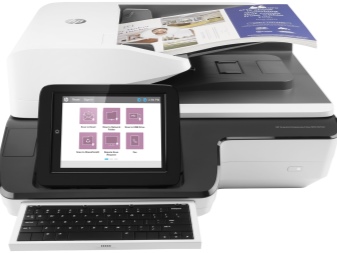
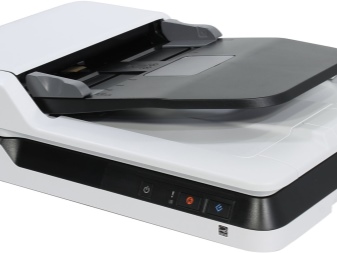
Peculiarities
First, you need to figure out why you need scanners for a computer at all. Millions of people every day work, play, have fun and improve their cultural level without any scanner. But even in the age of electronic communication, a huge amount of materials is either completely impossible to find ready-made, or it is extremely difficult to make. Digitizing a picture or text by hand is incredibly time-consuming and tedious. It is better to use a specially prepared device.
Some will argue - after all, you can use a camera, and even an ordinary smartphone. The problem is that the resolution of images with such devices is not always satisfactory.
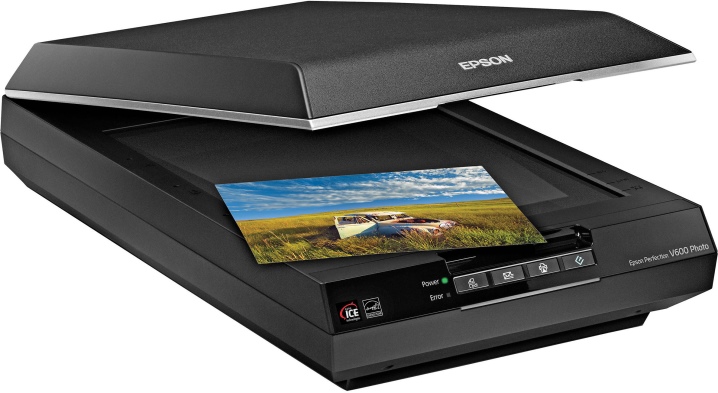
Of course, to digitize documents - a passport, employment contract, driver's license, TIN, and so on - you can take a picture once. But for those who need digital copies of a variety of documents, books, magazines and so on, it is more correct to use a device whose functions are optimized for this task... This is exactly the purpose of computer scanners in their purest form. However, you need to understand that this technique has a number of nuances.
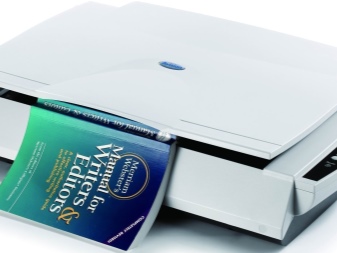
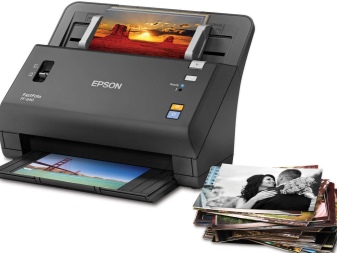
Views
Tablet
Such scanning systems are found in almost every office or other official institution. But at home this technique is used very actively. It is highly efficient and easy to use. There is no need for scribbling documents or scrupulous layout of text one sheet at a time. The materials to be scanned are placed face down on the glass surface of the plate. When the button is pressed, the movement of the carriage located under the glass begins.
This is not a simple mechanical device, of course. The carriage contains:
- a source of fairly powerful light;
- complex of mirrors;
- lenses;
- reflected light sensors.
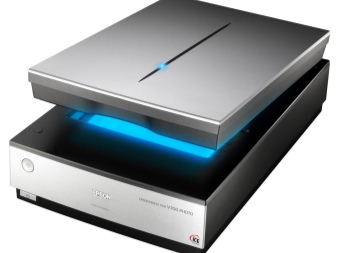
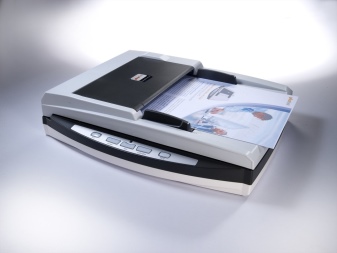
When the reflected rays hit the sensors, they are converted into electrical impulses. By the potential difference, the control electronics "decode" the features of the appearance of each section. A flatbed scanner must have an analog-to-digital converter. Without it, it would be practically impossible to write the received information into the computer memory and subject it to further processing.
Already on the computer, the binary code is converted into an exact electronic copy of the document.
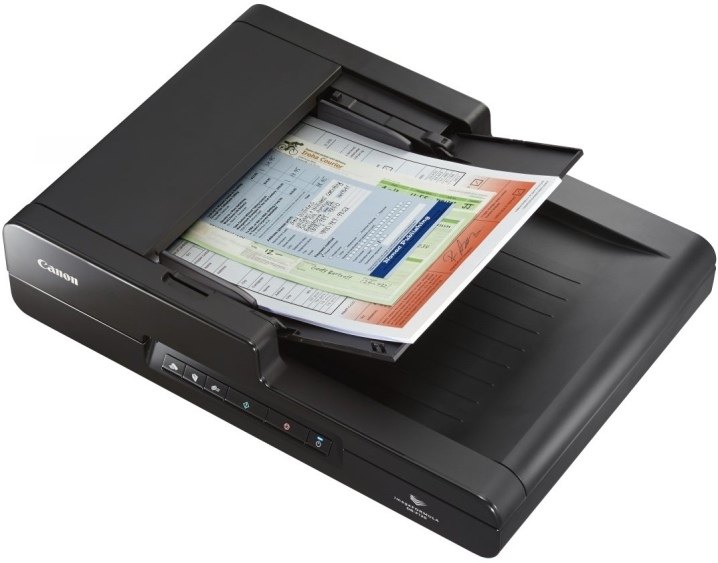
Rather, as accurate as the clear image was captured and “stretched” using the scanner's algorithms. Modern tablet devices are quite functional. And if there are any mistakes, failures, then the reason is almost always illiterate use. Or, the quality of the texts and pictures themselves is so low that even the best software algorithms fail.
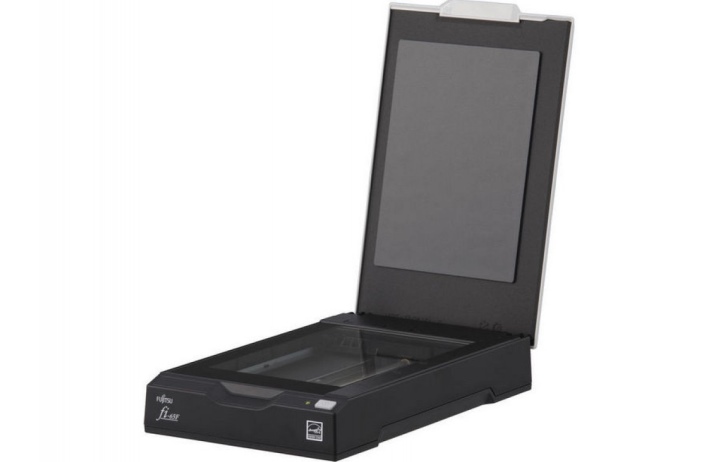
Leafy
The essence is clear from the name. Although the basic physical and engineering principles are the same, the document that has been placed in a special hole will move. A special electric motor ensures the movement of the sheet past the fixed photocells. Often sheet-fed scanners do not work on their own, but in close connection with other devices. Then they talk about an MFP, usually containing a printer and a fax.
Important - lingering scanners "do not like":
- stitched documents;
- stitched texts;
- staples, staples for staplers.
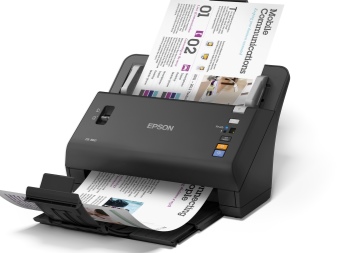

Drum
This type of scanners is suitable for high-quality information retrieval from both transparent and non-transparent media.... Basically, a similar device is used in the printing industry. At home, it is not used at all. Some drum scanners are relatively compact and sell for tens of thousands of dollars or euros. But there are others - comparable in size to the "Zaporozhets", and they can already be exchanged for mansions.
This scanner got its name from the main working unit - a hollow cylinder made of glass. The original is attached to this cylinder. The drum can be tilted, placed horizontally or vertically. Image recognition is performed using a photomultiplier tube. This method has shown itself to be much more efficient than traditional CCD-matrices, even of the highest class.
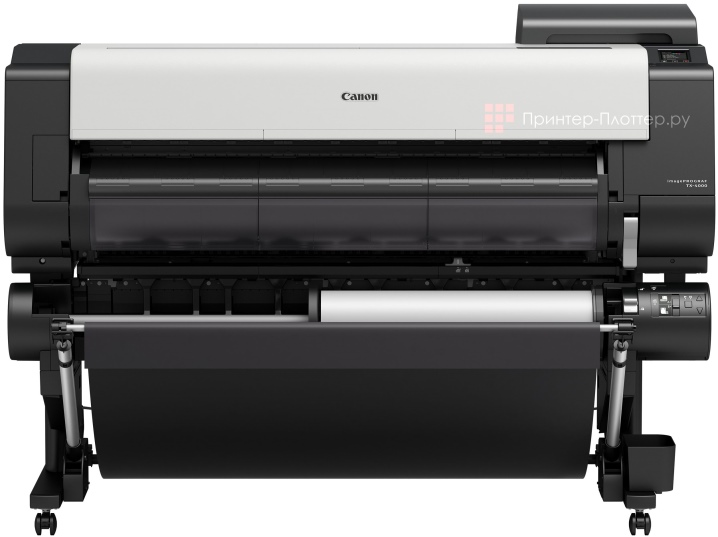
Other
Definitely worth noting hand scanners... Although they are not very popular due to the difficulties in work and the low quality of the picture, they have their own niche.
In institutions working with large documents, as well as for digitizing magazines, newspapers and other large-format publications, they use book scanners. This is the only way, for example, to remove an image from a manuscript compiled 200-300 years ago and not cause any damage to it.
Partly similar planetary scanners. But these devices operate without direct contact with the document surface at all. Therefore, they are suitable for particularly fragile or extremely valuable texts and images.
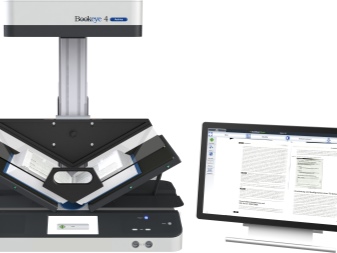
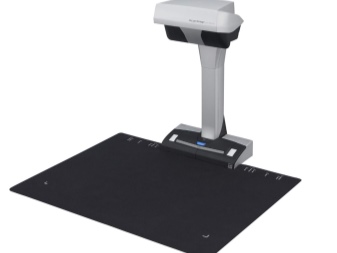
Slide scanners are used when you need to extract an image from a film carrier.
You can also mention scanners:
- for barcodes;
- for fingerprints;
- three-dimensional format.
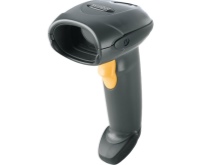

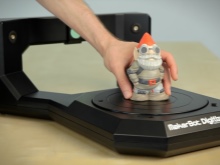
Model overview
Model is a good choice in some cases. Panasonic KV-S1015C... It is capable of scanning sheets up to A4 size. The highest resolution in two planes is 600 points each. The capacity of the sheet-by-sheet feeder is 50 pages. The 24-bit color depth and the relatively small (2.7 kg) weight will please.

Much higher resolution (up to 4800 dots) for a flatbed scanner Epson Perfection V370... The device has USB and Ethernet interfaces. The collection of image or text data takes place using a CCD matrix. The color depth reaches 48 bits. Maximum scanning speed - 86 pages per minute; there is an automatic document feeder, but there is no two-sided sheet handling.
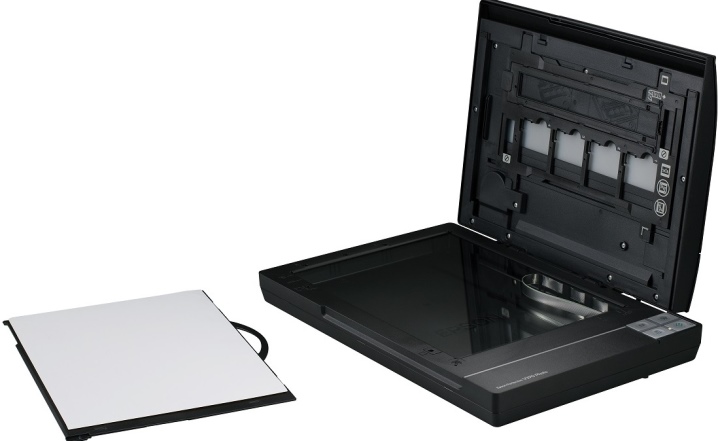
For the sake of order, it is worth mentioning one more scanner - Avision MiWand 2 Pro WiFi. The weight of the packed product is 1.32 kg. It is guaranteed for up to 2 years. The broaching machine is capable of working with single sheets, including A4 format. Scanning speed - not less than 37 pages per minute; resolution - 600x600 pixels.

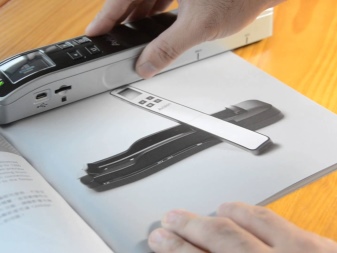
Criterias of choice
The biggest mistake many people make is purchasing a "super compact" handheld scanner. No, he fulfills his tasks, but he gets it at the cost of great efforts. And the quality of the picture, as already mentioned, is unlikely to please anyone. If you need “just a good A4 computer scanner”, then you need to use a tablet device. It is also used in offices, in various institutions and organizations.
Slight savings can be made by choosing a model based on a CIS sensor... In addition, this solution makes the entire structure lighter. But one must understand that these advantages are achieved due to a shallow depth of field. The image may appear blurry. Therefore, if funds are available, it is worthwhile to prefer products based on a more advanced CCD element.
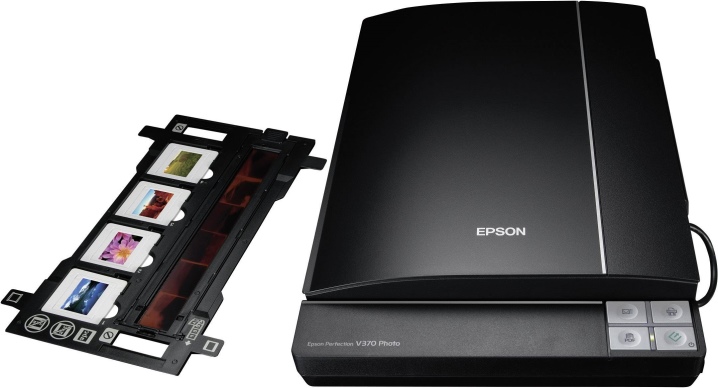
Important: it should be understood that "light and compact" scanners rarely show an excellent picture.
And if the manufacturer in the description focuses precisely on such qualities - this is at least a reason to think. An automatic document feeder is advisable for scanning documents. But working with books, magazines and other bound or stitched texts devalues this option. Here are some more recommendations:
- focus on the largest format of sheets that you plan to scan;
- take into account the color depth (especially important for working with photographs and drawings);
- check if there is a USB interface (some models may not have it);
- check if the device supports the operating system you are using.
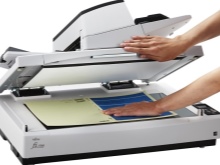

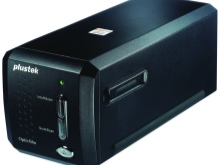
How to connect?
Important: before doing anything, you should read the instructions for the purchased scanner in advance. This will allow not only avoiding mistakes, but also simply save a lot of time that is spent on the "poke method". Next, you need to find all the necessary cables and ports, make sure that the cables are intact and outwardly sound. Having in your head a diagram of what to connect to, you can further simplify your work.
The installation of the required software is usually done from the CD that came with the scanner. However, the manufacturer may save on such media, or the computer may not have a floppy drive. Fortunately, you can even install and configure your scanner without an installation disc. In both cases, the required programs are downloaded from the manufacturer's website. But you must immediately be prepared internally that certain problems may arise.

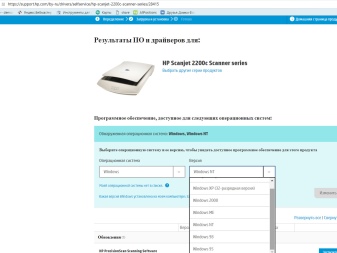
So, even on a well-debugged and familiar to all developers Windows 7 drivers are sometimes installed "crookedly" or not installed at all. Before rushing to panic, reinstalling something or calling technical support, it makes sense first check the device itself... Perhaps some cable is not tight enough. Or the power button on the scanner is not pressed.
Some models are equipped with special levers that prevent spontaneous starting equipment during transportation. It is possible that some of them was not put into working position, which is why the scanner fails to start. If, nevertheless, the problem is in the drivers, you will have to remove them and repeat the installation procedure from scratch. When and after that the computer does not see the new device, you need to contact a specialist... There is a possibility that the equipment itself has a manufacturing defect that interferes with its normal use.
You can connect the scanner to a laptop or personal computer in the same way - using a cable. What kind of cable is needed is always written in the instructions. Drivers are also required when connecting to a laptop.
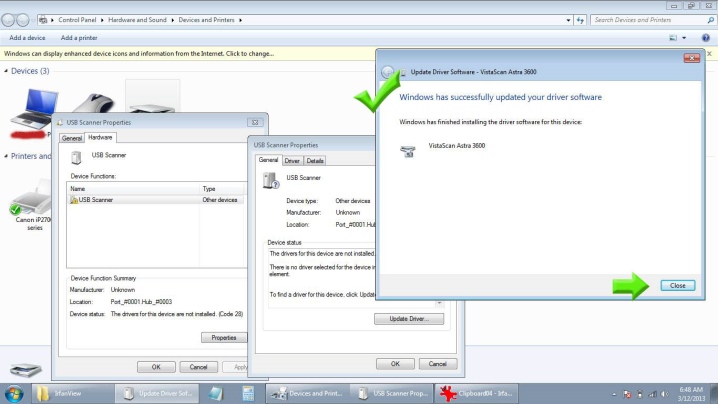
Recommendation: One of the easiest ways to add new software without fiddling with installation discs or searching the Internet is to use the appropriate function of the operating system.
But this does not always go smoothly, and in some cases it is nevertheless necessary to delve into the specifics of the process. After installing the drivers, under devices and printers, you need to set the use of the scanner in automatic mode. Then they configure the installed utility provided by the manufacturer.
Another important topic is how to enable the scanner on the local network... In one case, the device is first connected to a computer, as usual, and then allowed to be used remotely. In another, the device is initially configured as a shared resource for the entire network, and then it has its own individual network address.

How to use?
Most often, the device scans the necessary texts and images immediately after it is installed and configured. There is nothing particularly difficult about this. However, it is advisable to follow some rules that will simplify the work and guarantee the long-term use of the scanner. To start make sure it is placed on a flat, solid surfacewhich is stable enough. It is not safe to use it anywhere else.
The command to scan is usually given through a standard application from the manufacturer. The main parameters of the resulting image are also configured there.
Attention: individual scanners can work without drivers - in this case, all work is carried out through the corresponding service in the operating system.
It is useful to immediately choose a place to accumulate scans - so that there is a reserve of disk space, and it is convenient to get there. It is not recommended to put files in the root of the disk: it is always intended for system needs.
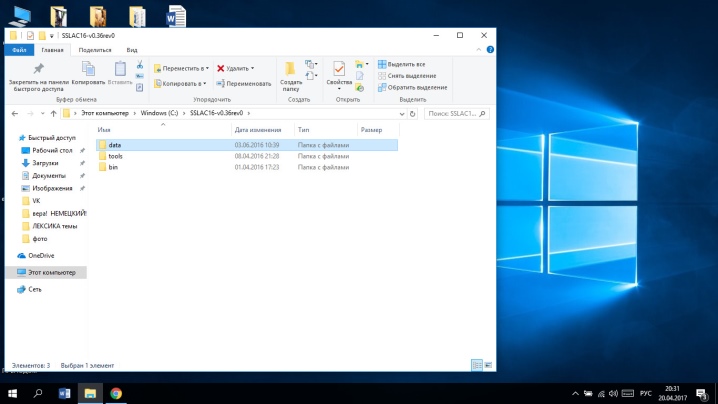
It is worth considering that even on high-speed systems, the scanner retains large files for a long time. To avoid losses it is imperative to wait until the program notifies of its readiness, and only then close it. Before scanning photos, select a special mode, and also indicate the color of the processed image. When choosing a format, if there are no special considerations, you should specify JPEG.
Here are some more tips:
- lay the cable so that it stumbles less about it;
- do not press the scanned documents against the flatbed surface;
- if possible, remove staples and staples;
- close the lid even with a short break in work;
- open and close all moving parts neatly, without unnecessary effort;
- avoid strong heat and water ingress.
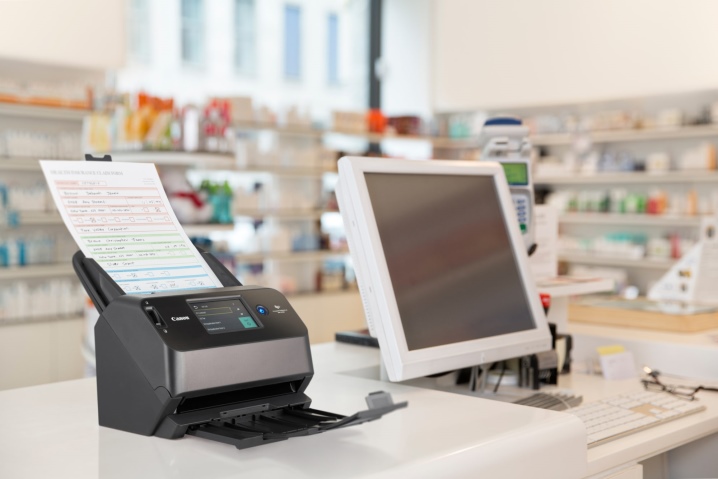
How to connect the scanner correctly, see below.













The comment was sent successfully.